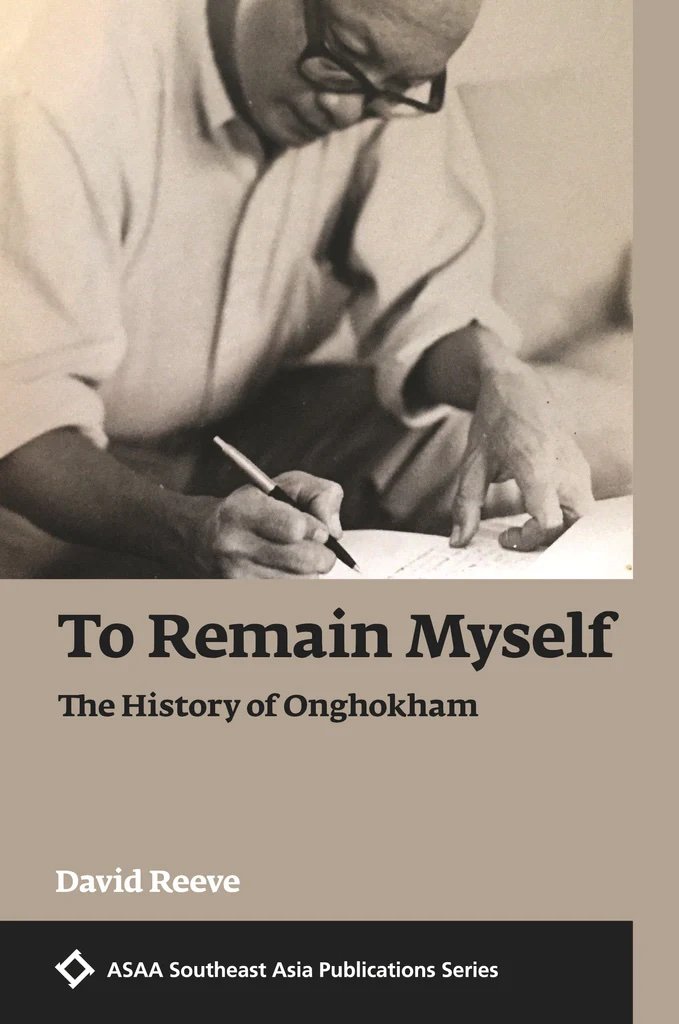To Remain Myself, the History of Onghokham
‘I also saw myself in struggle with the people who wanted to make someone or something out of me, while I wanted to remain myself.’ This is Onghokham speaking to his biographer, David Reeve. Ong was trying to explain his reaction to the turmoil of the 1965 coup that overthrew Sukarno, Indonesia’s first president, and the subsequent killings of communists (real and suspected), as well as many more, especially people of Chinese origin. What Ong meant by remaining himself is the subject of this book, a remarkable study in life writing and so much more, including an exploration of the emergence of the discipline of history in Indonesia.
READ REVIEW
↓
To Remain Myself, the History of Onghokham
DAVID REEVE | 2022
Australian readers will be familiar with some of the history: the Japanese invasion of Indonesia in the Second World War; Dutch resistance to the independence movement; Sukarno’s victory until the year of living dangerously; Suharto’s increasingly authoritarian (not, I would argue, totalitarian, as Reeve calls it) rule.
In this book these events are presented from a quite different perspective, that of a peranakan Chinese born in East Java in 1933 into a Dutch-oriented and well-to-do family. Ong’s first language was Dutch, and he learned Javanese from the kids next door. For a while he picked up Chinese. By the time he started studying at university, Indonesian was still the language he was least proficient in, but by then he was determined to be Indonesian, not Chinese.
As complicated as his background were Ong’s individual traits. Reeve sums these up at the end of the book:
Ong was a maverick, an eccentric, an alcoholic, an outsider who became an insider, a mischievous wit, a serious historian, and a public intellectual, respected in Indonesia and overseas.
Ong was also gay. In the mid-1960s, while choosing to make his way as an historian and grappling with his political persuasions, seeing terror gobble the revolution, Ong was also struggling with his sexuality. This led to a nervous breakdown and arrest. It was after this time that he became determined to be himself. He succeeded.
I met Ong (and David) in the 1980s during my first diplomatic posting to Jakarta. Ong introduced me to a wide circle of people who amplified my understanding of Indonesia immensely. He taught me how to travel across the archipelago: by finding out the local delicacy in advance, then on arrival hunting for the best on offer: duck in Kalimantan, gudeg in Central Java. At the time, I was too interested in Indonesia’s contemporary politics to spend time talking to Ong about history. Reading this book shows what I missed out on and makes me appreciate the extraordinary effort Reeve has made to present the whole man, good and bad, just as Ong wanted it.
For this audience, what will fascinate is to read about the emergence of history making in the Republic of Indonesia: debates about the influence of the Dutch and the Javanese empires, of Islam and mysticism; about which comes first, theory or empirical research, the study of great men (and some mother figures) or the people. Ong was involved in these deliberations from the beginning. He found strong parallels between the Indonesian and French revolutions, read Carlyle, and engaged with the foreign scholars who were central to laying the foundations of Indonesian studies: Benedict Anderson, Ruth McVey, Herb Feith, and many others. He got caught up in university rivalries, often doing himself no good by being himself, a non-conformist, emotional, messy, late, and an undisciplined writer.
Nevertheless, it was his prodigious output as a scholar and journalist that kept Ong afloat. His undergraduate thesis was 70 pages! One of his editors, the great Indonesian writer Goenawan Mohamad, observed that he often just wrote the middle. When others added an ending, Ong could get annoyed that they’d not got it right. He could also lose his temper in the lecture room, throwing chalk (and worse) at those who had not done the week’s pre-class readings.
Reeve traces Ong’s public and private life, bringing together what he learned from interviews, letters, and challenging conversations with a stroke-ridden Ong. Sometimes Reeve had to do detective work to establish what was fact rather than faulty memory. And he goes further with his careful reading of the large body of work, which shows Ong’s mastery of using detail and storytelling to lead into substantial analysis and to the big picture.
Here is Reeve’s encapsulation of what he calls a typical Ongian way of writing history:
… rich in data, fact and detail; interdisciplinary; comparative; demanding explanatory socio-economic factors; history from below; an empathy for the underdog and the marginal; finding rational causes in apparently exotic beliefs; contrasting outside and inside accounts of the phenomenon; and an emphasis on history as lived by individuals; a dialogue with sources and use of the historical imagination.
Elements we would all do well to consider when we write history!
To Remain Myself, the History of Onghokham is published by Asian Studies Association of Australia in association with NUS Press.
Reviewer: Francesca Beddie, PHA (NSW & ACT)

